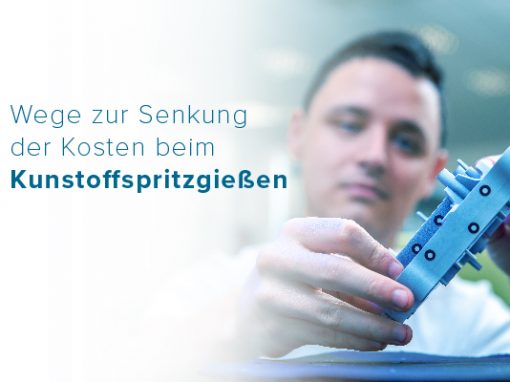Tip of the Day 60: What Happens After the Sorting Output?
At the recent Executive Overview one of the participants stated that RJG was good at delivering a failsafe sorting output (“Good” – See Tip # 1). But some customers still ship short shots to their customers. If there is no pressure at the end of the cavity, the alarms are right and the “Good” output never goes on then how can this happen?
The answer is that there is plenty of room for mistakes after the contact closure. We need to pay attention to these details to make sure that each possible hole for “leaks” is plugged. A customer planning to demo 100% short-shot containment needs to be educated in order for the demo to be successful.
Here are some reported sources of leaks from the field. Feel free to distribute the list to customers who are trying for 100% containment.
Some Problems:
- Bad parts on a conveyor getting stuck on the sides and not making it into the reject bin before the conveyor goes “Good” on the next shot.
- Robot timing miss-programmed to expect a change when there is none or picking up the signal too early.
- Flipper chutes not in position fast enough (leaky seals, low air pressure etc.)
- People picking parts off of the conveyor and putting them back into the wrong place.
- Robot vacuum systems getting weak due to clogged air filters.
- Bad parts hanging up on cooling lines or other apparatus as they pop out of the mold when the “Good” output was off and then falling off on the next shot when the “Good” output is on.
- Operators noticing what “looks” like a good part in the bad bin, pulling it out and shipping it anyway.
- Someone carrying an abnormal part for quality inspection and accidentally setting it down where it gets into the stream of parts for shipping.
- Pinched parts getting out on double mold close / opening (mold protect) because the customer did not wire up the “Mold Opening” sequence signal for pinched part detection.
Some Solutions:
- Thoroughly test the robot or conveyor timing and programming.
- Make sure all parts can transit smoothly through the conveyor or other automation.
- Institute regular maintenance of equipment (e.g. air filters and other automation)
- Cover conveyors and parts bins so that parts cannot be taken out or accidentally dropped in.
- Drop all rejects into a grinder immediately so that they cannot be shipped by accident.
- Develop a culture where even one anomalous event is a cause for action. For example, if anyone sees a part dragging on the side of the conveyor thus must be cause for an action item to make sure it never happens again, regardless of whether the part was bad or good.
- Develop a culture of containment: Any part that exits the “good” stream for any reason must be considered a $10,000 time bomb until it is destroyed.
In fact, that may be a good metaphor. From the time the stream splits between “Good” and not good the two streams should be sealed – like pipes carrying water. Nothing can get in or out until the bad parts are destroyed or the good parts shipped (or even arrive at the customer, to carry it to the extreme).
If you hear of other problems and solutions please let me know and I can add them to this catalogue and distribute the information.

